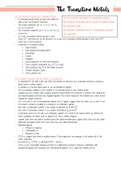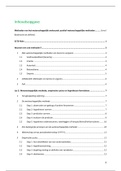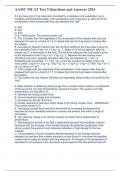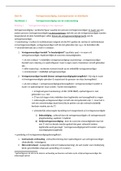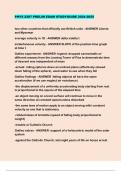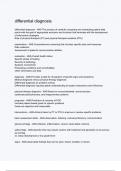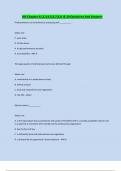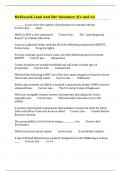Summary
Summary AQA A-Level Chemistry 2.5 Transition Metals
These are detailed Revision Notes for Topic 2.5 of AQA A-Level Chemistry (Transition Metals). They were written by me using a combination of the textbook and class notes. I will also be uploading the other topics and creating bundles. Topics Included: - The general properties of transition metal...
[Show more]
